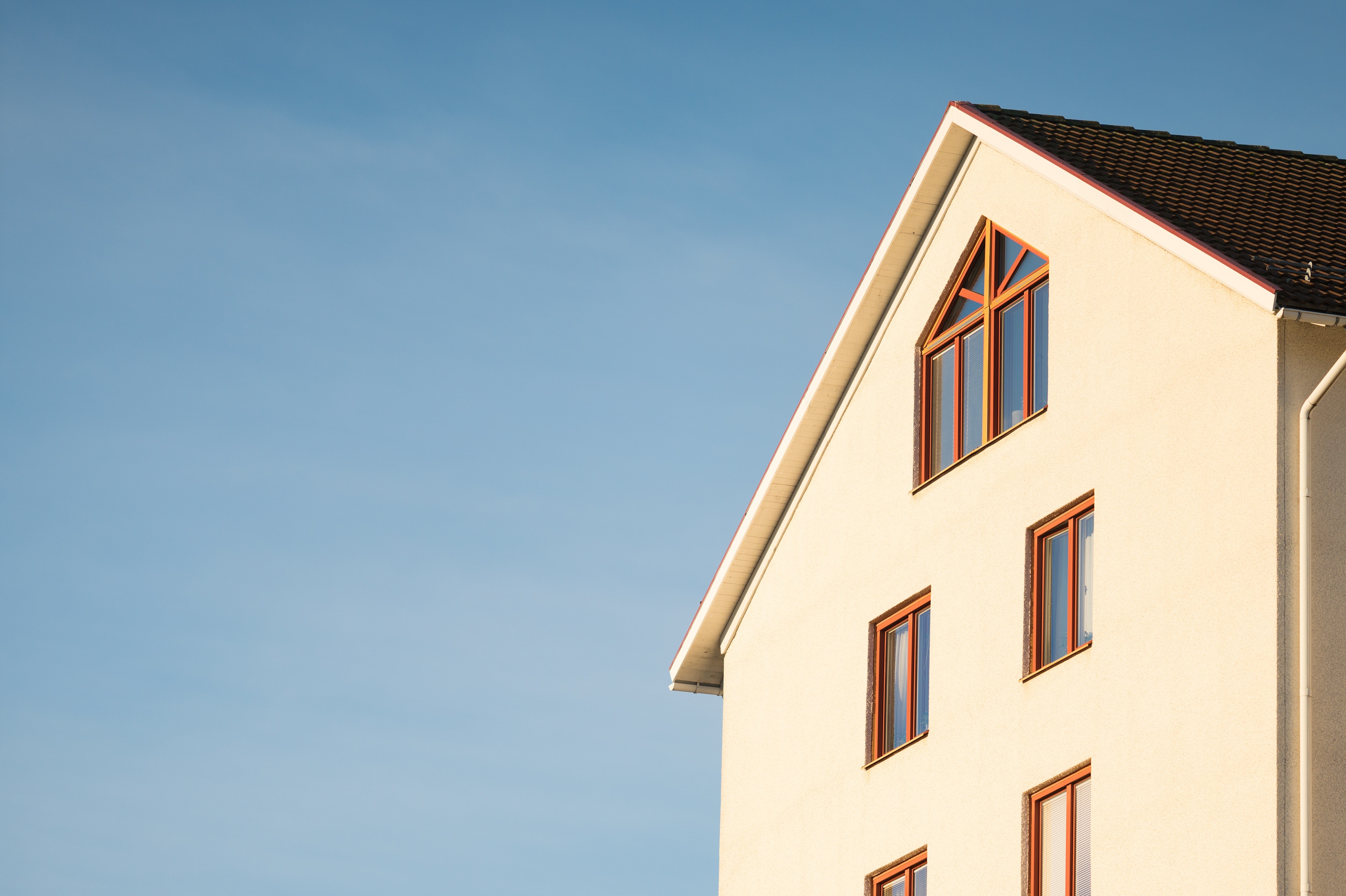As a homeowner, you can reduce your property’s footprint and help protect the environment. We’re here to help share some practical ways to do this.
According to the Energy Information Administration, the U.S. residential sector accounts for 21 percent of all energy consumption and is responsible for 20 percent of our country’s carbon emissions. This means that improving your home’s energy efficiency doesn’t just help reduce your bill, but it also helps reduce your property’s footprint.
Check out these simple steps to living a more energy-efficient lifestyle within your home.
Tips to Shrink Your Property’s Footprint
- Invest in a smart thermostat– Many smart thermostats learn your temperature preferences and establish a schedule that automatically adjusts to energy-saving temperatures when you are asleep or away.
- Keep your home tightly sealed- Air sealing your property is a great way to avoid leaks and drafts in your home, saving you on heating and cooling bills while improving energy efficiency.
- Wash your clothes in cold water- Nearly all of the energy the washing machine uses goes towards heating the water. According to the Sierra Club, every household that switches to cold water washing could eliminate about 1,600 pounds of carbon dioxide a year.
Recycling and Waste Reduction
Recycling can minimize the rate of global climate change by reducing the extraction of raw materials from the earth and the amount of fossil fuel burnt in the manufacturing process.
Consider the following to reduce your waste and carbon footprint:
- Visit Recycle by City to find out what you can do and what can be recycled.
- Bring your reusable food containers with you to restaurants for leftovers.
- Find a service that stops sending junk mail.
- Donate old clothes that are not in great condition to H&M so that the materials can be repurposed.
- Find a company that will recycle old phones or electronics.
Reducing Toxins
There are multiple ways you can reduce the toxins your property emits to shrink the footprint it leaves:
- Install a water filtration system to remove lead, pharmaceuticals, and other toxic substances.
- Switch from non-stick cookware to stainless steel or glass cookware and bakeware. Research shows that the chemicals used to manufacture non-stick coatings can harm human health and the environment.
- Buy mattresses and couches free of flame retardants, which have been found to be toxic to humans.
- Use non-toxic paints to avoid inhaling toxic fumes.
- Invest in an indoor air purifier to help with air quality.
Solar and Clean Energy
These types of energy can significantly reduce the CO2 emissions per unit of electricity. Consider the following:
- Federal and state incentives can help cover up to half the cost of switching to solar in your home.
- Power your home with solar energy without installing panels through the program Community Solar.
- Find out if your roof is a good candidate for solar with Rooftop Resources.
- Visit Illinois Shines to find out what the state is up to regarding solar power.
Water Conservation
Learn how to reduce your water usage to make your home more environmentally friendly:
- Run your dishwasher only when it’s fully loaded.
- Flush your toilets less.
- Upgrade old showers and faucets with newer efficient models.
Protecting our environment can begin in your home. Start implementing these tips so that you can reduce your bill and the footprint you leave.
Looking for a new construction home with the latest energy efficient appliances and features? Connect with our experienced team of professionals today. We are here to help you find the home of your dreams that checks off all the boxes.






